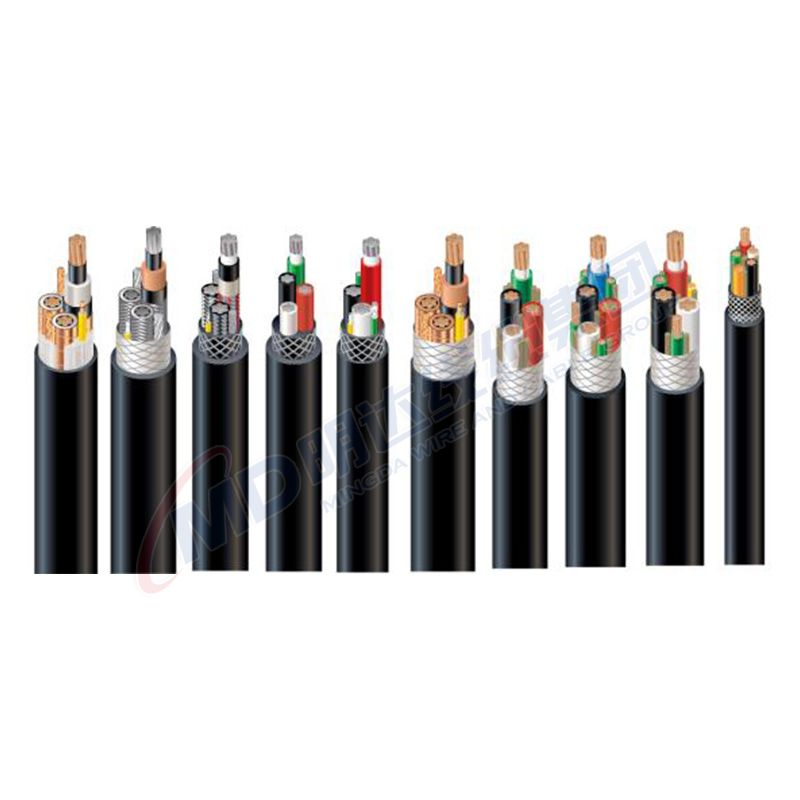Lis . 08, 2024 00:16 Back to list
Industrial Globe Valve Applications and Benefits in Fluid Control Systems
Understanding Industrial Globe Valves A Comprehensive Overview
Industrial globe valves are integral components in various process industries, serving critical functions in controlling the flow of fluids, gases, and steam. Their design is specially tailored to ensure accurate throttling and regulation of flow, making them essential in applications ranging from water treatment plants to chemical processing and power generation.
Design and Construction
Globe valves are characterized by their distinctive spherical shape, which provides a significant advantage in flow control compared to other valve types. The body of a globe valve consists of a rounded interior that hosts a movable disk or plug, which is raised or lowered to modulate fluid passage. The key components of a globe valve include
1. Body This can be forged or cast from various materials, including stainless steel, carbon steel, and brass, depending on the application and the media involved. 2. Bonnet This part houses the valve stem and helps to maintain pressure and prevent leakage. 3. Disk This is the critical component that opens or closes the valve. The disk’s design determines the valve's flow characteristics and efficiency. 4. Stem The stem connects the disk to the actuator or handwheel, providing a mechanism to control valve position. 5. Seals Proper sealing materials are essential for preventing leaks, especially in high-pressure applications.
Flow Characteristics
One of the primary benefits of using globe valves is their excellent throttling capabilities. When the valve is partially open, the flow path through the valve remains relatively consistent. This allows for finer control of the flow compared to gate valves, which are primarily designed for fully open or fully closed applications. The flow characteristics of globe valves exhibit a linear relationship, especially when compared to other valve types, enabling operators to achieve desired flow rates with higher precision.
Applications
Industrial globe valves are utilized across various sectors due to their versatility and reliability. Common applications include
- Pipelines Used in the transport of water, oil, and gas, where flow regulation is crucial. - Chemical Processing Essential for controlling the flow of reactive chemicals with varying properties. - Power Generation Employed in steam and water management systems, helping to regulate operations in turbines and boilers. - Water Treatment Used in filtration systems to control the flow of treated and untreated water.
Advantages
industrial globe valve

1. Flow Control The most significant advantage of globe valves lies in their ability to control flow with precision. Operators can easily adjust the opening, allowing for varied flow rates and pressures. 2. Versatility Globe valves are suitable for a wide range of applications and can handle not only liquids but also gases and steam.
3. Ease of Maintenance Due to their simple design, globe valves are generally easier to maintain than more complex valve types. They can often be serviced without needing to disassemble the entire pipeline.
Disadvantages
Despite their benefits, globe valves come with some limitations
1. Pressure Drop Globe valves typically create greater pressure drops compared to gate valves or ball valves. This can lead to increased energy costs in systems where pressure loss is critical.
2. Operating Force They require more force to operate than other valve types due to the geometry of the valve disk and the flow path.
3. Size and Weight Generally, globe valves can be bulkier and heavier than alternatives. This can be a concern for applications where space is limited.
Conclusion
In conclusion, industrial globe valves play a vital role in a wide array of applications across multiple industries. Their design allows for precise control over fluid dynamics and makes them invaluable for maintaining operational efficiency. While they do possess certain drawbacks, the advantages often outweigh these, particularly in applications requiring accurate flow regulation. Understanding the nuances of globe valve functionality can empower engineers and operators to make informed decisions that enhance system performance and reliability. As industries continue to evolve, globe valves remain a cornerstone technology in fluid management and control systems.
Share
-
Reliable Wafer Type Butterfly Valves for Every IndustryNewsJul.25,2025
-
Reliable Flow Control Begins with the Right Ball Check ValveNewsJul.25,2025
-
Precision Flow Control Starts with Quality ValvesNewsJul.25,2025
-
Industrial Flow Control ReliabilityNewsJul.25,2025
-
Engineered for Efficiency Gate Valves That Power Industrial PerformanceNewsJul.25,2025
-
Empowering Infrastructure Through Quality ManufacturingNewsJul.25,2025